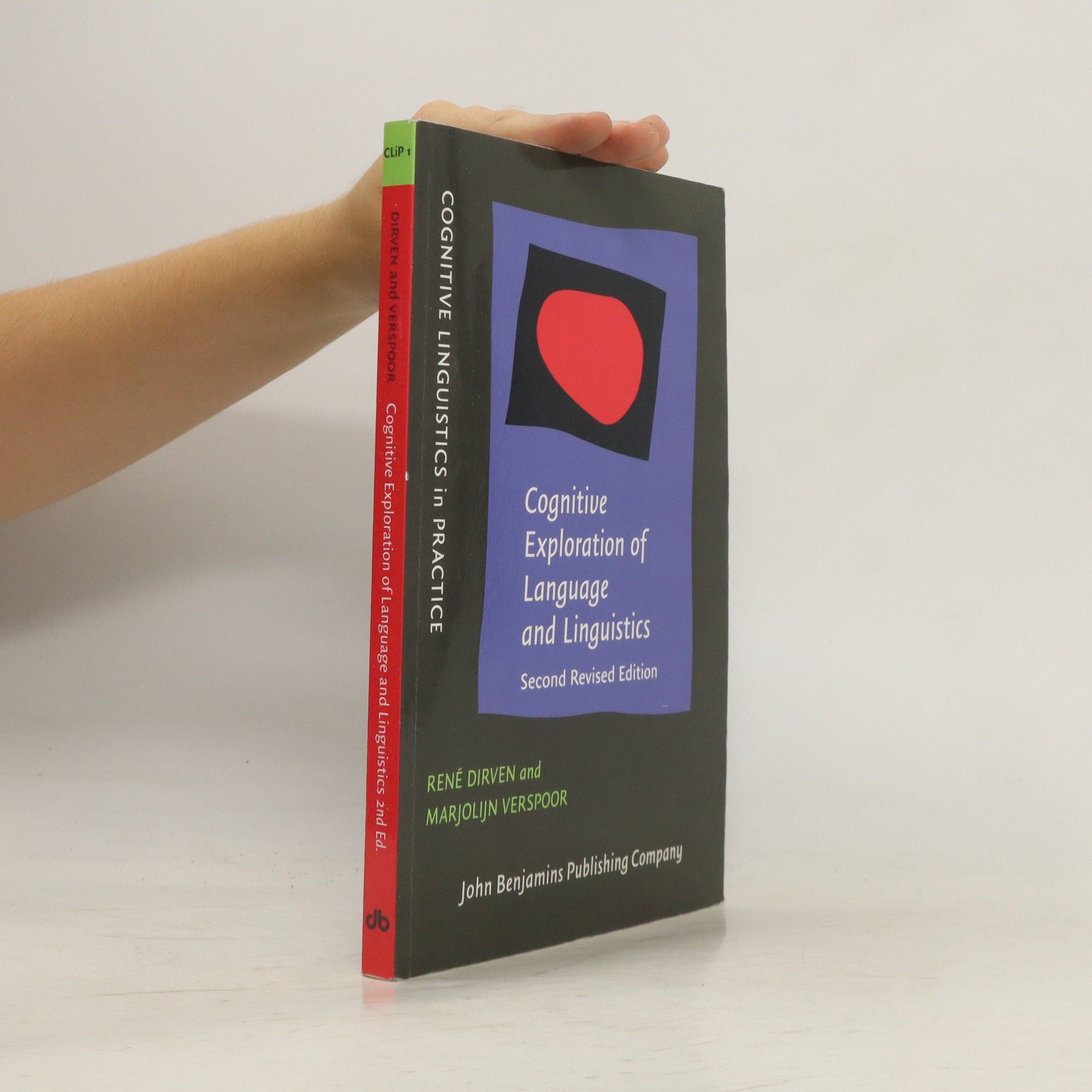Cognitive English Grammar
- 374 páginas
- 14 horas de lectura


"Cognitive Exploration of Language and Linguistics "is designed as a comprehensive introductory text for first and second-year university students of language and linguistics. It provides a chapter on each of the more established areas in linguistics such as lexicology, morphology, syntax, phonetics and phonology, historical linguistics, and language typology and on some of the newer areas such as cross-cultural semantics, pragmatics, text linguistics and contrastive linguistics.In each of these areas language is explored as part of a cognitive system comprising perception, emotion, categorisation, abstraction processes, and reasoning. All these cognitive abilities may interact with language and be influenced by language. Thus the study of language in a sense becomes the study of the way we express and exchange ideas and thoughts.This Second Revised Edition is corrected, updated and expanded."Cognitive Exploration of Language and Linguistics "is clearly presented and organized after having been tested in several courses in various countries.Includes exercises (solutions to be found on the Internet).